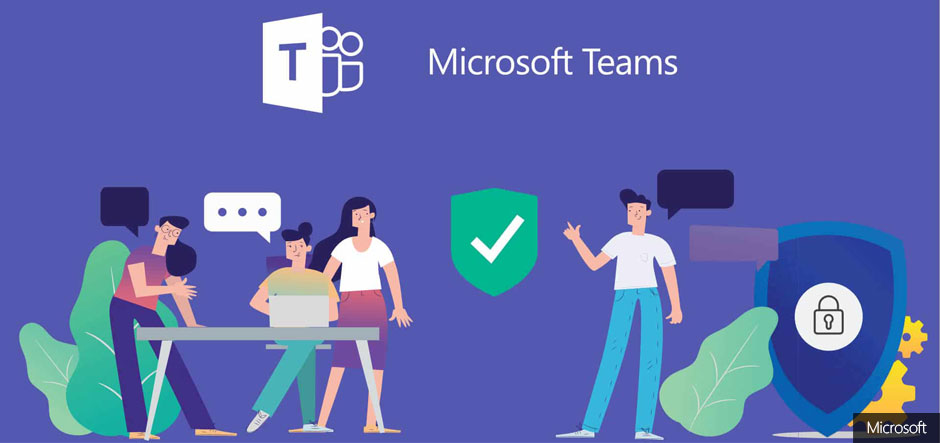Anyone with Teams Preview access can try out the new Teams client.
The launch of the Teams 2.1 client (codenamed Emblem) and mesh avatars for Teams on March 27 was a significant day for Teams (MC533652). Avatars are not currently supported by the new client. To test out avatars in Teams meetings, you must run the Teams "traditional" client.
Teams 2.1 represents a significant advancement as the first comprehensive revision of the first client architecture announced in 2016. The original version offered extremely few features in comparison to the Teams of today. The Teams client has grown significantly over the past six years to accommodate a wide range of new functionality, including guest user access, shared channels, the Teams Phone system, revolutionary updates to Teams meetings like breakout rooms and webinars, thousands of first- and third-party apps, and expansions to the core apps that make up the Teams client, such as the Files channel tab (the window into SharePoint Online) and, most recently, the Files app.
Leaving Electron behind
The Teams development team puts a lot of effort into maintaining Teams speed at a reasonable level and limiting the client's memory demands. At best, tinkering kept up with the demands new features put on more resources. The Teams client was, at worst, a fat pig with subpar performance, dubious dependability, and an unquenchable thirst for battery life. Even though Microsoft claims that Teams has 280 million active users each month, nobody looked forward to using the Teams desktop client.
It's a big undertaking to change the software that so many people use. It is doubly challenging to do so while demand continuously increases and engineers keep adding new features. The Edge WebView2 component and React provided a path forward from the original Electron-based foundation in the Teams chat client in Windows 11 (the 2.0 client), which provided the first glimpse of what was happening.
The Resource and Performance Issue
With limited availability to customers and MVPs through the Technology Adoption Program, Microsoft has been getting ready for the launch of the new Teams clients for a number of months. Finally, the days of opening multiple private browser tabs to run Teams in various tenants are behind us.
Actually, Teams 2.1 makes switching between things faster, including channels and chats. Microsoft claims that the typical user switches 10,000 times each month (probably between various Teams components). Making a quick and seamless transition from one component to another is crucial in this situation. Improved scrolling has also received attention, which you might not think is significant until you need to scroll back several months in a discussion to find a crucial message.
Microsoft claims that the new software consumes up to 50% less memory and launches "up to" 2x faster (and joins meetings faster, too). Your results will vary based on the Teams features you use, whether you swap tenants, whether you use video in meetings, the apps you use, and other factors.
Employing the New Teams
The only tenants that can view the preview are businesses. The original client's top left corner contains a toggle that can be used to switch to the new Teams. Create (or amend) an update policy and publish it to any users you wish to have access to the new clients, allowing them to use the public preview and select the new client. This will reveal the toggle. The Windows desktop must be running version 1.6.00.4472 or later for classic clients in order for the toggle to be visible. Microsoft hasn't yet made the preview client available for macOS.
This article has more information on using the Teams update policy. Users can reset the toggle at any time to return to the previous client. Both have access to the same information. You can run both the new client and the traditional program simultaneously on the same PC to compare features and functionality.
Users of the preview "will probably find some gaps," according to Microsoft. For instance, there is still work to be done to create breakout rooms for meetings, and third-party app developers will need to test their products with the new client. Minor issues could also occur. For instance, when I customized the app properties, the name I gave the Yammer (now Viva Engage) communities app doesn't display properly in the app bar. The preview is in generally good condition and is highly useful, particularly for core Teams operations.
Microsoft has not provided an estimated release date for Teams 2.1. There is still a lot of work to be done to fill in the gaps where functionality found in the old client is buggy or doesn't operate in 2.1. Also, Microsoft is keeping quiet about the potential end of life for the Teams old client. Assuming that Microsoft regularly updates Teams clients once per month, the moment may come a few months after the 2.1 client is made available to all users.
Nicer-looking and more effective
The new Teams client is a significant event because of the scale of the Teams user base. Although the new client has been there for a while, it hasn't been a deliberate development like the introduction of Microsoft 365 Copilot or the release of the Loop app in preview.
The updated Teams app represents a significant but gradual advancement. Teams 2.1 is a friendlier place to work because of the client's snappiness and the visual upgrade that makes it feel more like a complete Windows app rather than something that might have been created using Visual Basic.








